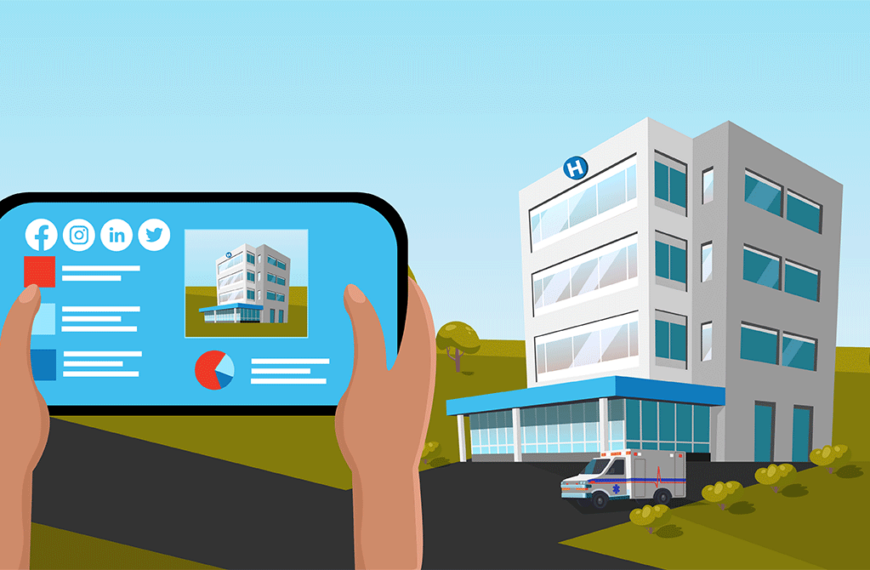In health care, patient care depends heavily on technology, and locking down cybersecurity has taken a front seat. As technology advances, so do the tactics of cybercriminals seeking to exploit vulnerabilities in health care systems. Breaches such as the one on HCA Healthcare – which affected 11 million patients, 182 hospitals in 21 states – exploit sensitive patient data, disrupt operations, and can cripple organizations.
We’ll address the key areas where health care organizations often face security gaps and explore strategies to fortify their cybersecurity defenses. We’ll also discuss some of the signs an organization is under attack and what to do next.
1. Insufficient Security Operations
Health care organizations frequently deploy various security tools to protect sensitive patient data and critical systems. However, the accumulation of disparate tools can lead to an overwhelming number of alerts that stretch already-thin IT teams. Streamlining security operations and adopting centralized monitoring can empower health care IT teams to efficiently detect and respond to potential threats.
2. Slow Patching and Poor Configuration
The health care sector is not immune to the risks posed by unpatched software and poor system configurations. Failing to apply vendor-released patches exposes medical systems and patient information to vulnerabilities. By prioritizing timely patching and adopting best practice configurations, health care organizations can significantly reduce the risk of successful cyberattacks.
3. Identity Protection
Safeguarding patient data hinges on robust identity protection mechanisms. Conventional username and password authentication methods are insufficient against determined attackers. Implementing multi-factor authentication (MFA) and advanced identity verification measures is crucial to prevent unauthorized access to patient records and other critical health care systems.
4. Administrative Account Management
Administrative accounts hold the keys to health care organizations’ digital kingdom. Unfortunately, lax practices, both inside and outside organizations, such as password reuse and excessive privileges granted to administrators can create avenues for cybercriminals to infiltrate and linger within health care networks. Adhering to strict protocols for administrative account management can greatly minimize this threat.
5. Monitoring and Response During Off-Hours
Health care systems must remain vigilant against cyber threats around the clock. Since attackers often strike when health care staff are off-duty, having 24/7 monitoring and response capabilities is essential. Embracing remote threat disruption technologies can help health care organizations bolster their defenses during off-hours, ensuring a timely response to potential breaches.
6. Cost and Complexity
The health care sector faces unique financial challenges, and investing in cybersecurity might appear daunting. Nevertheless, the cost of a data breach in terms of patient trust and regulatory penalties can be catastrophic. Health care organizations should carefully allocate resources to modernize cybersecurity measures. Prioritizing up-to-date anti-malware solutions and centralizing activity monitoring can be cost-effective strategies to enhance security.
Possible Signs of an Attack
Hackers don’t send invitations when they breach a network. The longer they stay undetected, the more damage they can cause. They try to erase their tracks, but here are some red flags to watch for:
Sudden File Changes: If unfamiliar software starts installing unexpectedly or file names start changing without reason, it’s a clear indicator of a breach.
Locked User Accounts: Users getting locked out of their accounts without multiple wrong password attempts could mean someone’s been trying to access their accounts or, worse, a hacker has already gained entry.
Slow Performance: When devices and networks slow down, it might be due to botnet attacks or hackers using a system’s power for malicious activities.
Antivirus “Alerts”: Beware of fake pop-up notifications that resemble real system alerts. Hackers use these to deceive end-users.
External Reporting: Partners or other organizations might notify a business about a potential breach. However, by this time, the attack has likely been going on for months.
System Alerts: Existing security tools might send alerts. Pay attention to these genuine alerts, even if it’s challenging to distinguish them from the noise.
Next Steps Following a Breach
Discovering a breach is only half the battle. Organizations must be prepared and ready to respond. To be successful, organizations cannot do this without a trusted MDR partner. Here are next steps once a breach is suspected:
Isolate and Investigate: Once signs of a breach are detected, isolate the affected systems from the network and launch an investigation to determine the extent of the breach.
Engage Experts: Cybersecurity is complex. Reach out to cybersecurity experts to help navigate the breach, minimize damage, and secure systems.
Notify Stakeholders: Inform affected parties, such as patients and employees, about the breach, its impact, and what steps they should take to protect themselves.
Implement Improvements: Use the breach as a learning experience. Enhance cybersecurity practices, update software, and improve monitoring mechanisms.
Work with Law Enforcement: If necessary, involve law enforcement agencies to assist in apprehending the hackers and recovering any stolen data.
Prepare for Future Incidents: Develop an incident response plan to handle future breaches more effectively. Regularly update and test this plan to ensure readiness.
Health care organizations’ dedication to patient care must extend to protecting patient data from cyber threats. By acknowledging and addressing these common security gaps, health care organizations can create a robust cybersecurity foundation. Remember, cybersecurity is not only vital for regulatory compliance but also a crucial aspect of maintaining patient trust and safety in the digital age.
ActZero, endorsed by the Texas Hospital Association, delivers a powerful and affordable full-stack 24/7 cybersecurity service at a fair price to protect hospitals against cyberattacks. Read more about how to prepare against cyberattacks in our recent whitepaper.
Related articles from The Scope
Change Healthcare Breach is a Sobering Wakeup Call on Cybersecurity
It seems that every month, the threat becomes greater and greater for hospitals across the country: the possibility that bad actors can disrupt the hospital’s operations – or effectively bring…
Protecting Patient Data by Preventing Cyber Attacks
The threat of a data breach in a health care facility is daunting. Privacy is the foundation of hospitals’ information systems, and compliance with the Health Insurance Portability and Accountability…
Social Media Marketing for Rural Hospitals
In a space encumbered by new features, trends and algorithmic best practices that change daily, the job of a social media manager in 2023 can feel overwhelming. Especially if you’re…
Hospitals’ Guide to Balancing Internal and External Threat Management
Protecting an organization’s cybersecurity can be described as a bifurcated strategy that consists of an external or outside view looking in and internal situational awareness. Organizations face resource challenges including…




